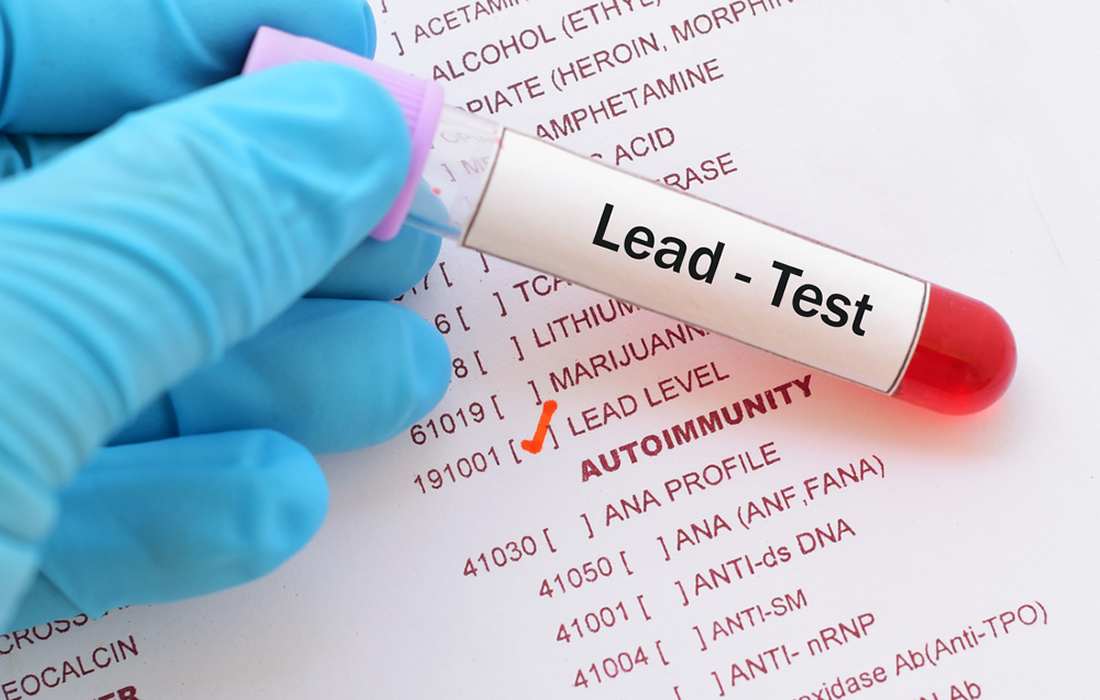Regenerative Medicine News and General Information
Half of the US Population Exposed to High Levels of Lead
Lead is a developmental neurotoxicant in wide industrial use that was once broadly distributed in the environment. The extent of the US population exposed in early life to high levels of lead is unknown, as are the consequences for population IQ.
Considerable effort is expended to protect today’s children from lead exposure, but there is little evidence on the harms past lead exposures continue to hold for yesterday’s children, who are victims of what researchers term legacy lead exposures.
In a recently published study, researchers determined the lifelong burden of exposure to car exhaust from leaded gas that every U.S. adult alive in 2015 is now likely to carry. The study was published in the journal Proceedings of the National Academy of Sciences (PNAS).
Cohort Study
In the United States, leaded gasoline for use in on-road vehicles was completely phased out as of January 1, 1996. Most other countries have also stopped using leaded gasoline in vehicles.
The researchers used a cohort-specific population to estimate early life lead exposure (BLLs) for the US population in 2015 using data from the US Census, lead-in-gas consumption statistics, and a continuous national survey of lead exposure conducted by the US Center for Disease Control and Prevention from 1976 to 2016, and then estimate the number of people living in the United States in 2015 that were exposed to various lead levels (e.g., ≥5 µg/dL blood–lead) as young children prior to, during, and after the era of leaded gasoline.
The proportion of young children exposed to seven BLL categories was calculated for each year between 1976 and 2016.
Among the 318 million people in the US population, only 131 million (margin of error = 1.4 M; 80% CI) had BLLs below 5 µg/dL, the 2015 threshold for clinical concern and case management, when they were children. Conversely, the majority of the population—over 54%—had a BLL above this threshold as children.
The researchers found that childhood lead exposure in the U.S. population by 2015 was responsible for the loss of more than 824 million IQ points, 2.6 lost IQ points per U.S. adult.
According to a projection made by the researchers, in 2030, over 43% of the US population will have had BLLs higher than 5 µg/dL in early childhood. A total of 23% of the population will have had BLLs of 10 µg/dL or greater.
The team hopes that their study will inspire other researchers to develop therapies for individuals who had exposure to high levels of lead as children.
Sources:
Michael J. McFarland, et al. Half of US population exposed to adverse lead levels in early childhood. PNAS. 2022. 119 (11) e2118631119. https://doi.org/10.1073/pnas.2118631119
Beth JoJack. (2022, Mar 21). Nearly half of the US population exposed to dangerously high lead levels. Medical News Today. Retrieved from:
Image from:

